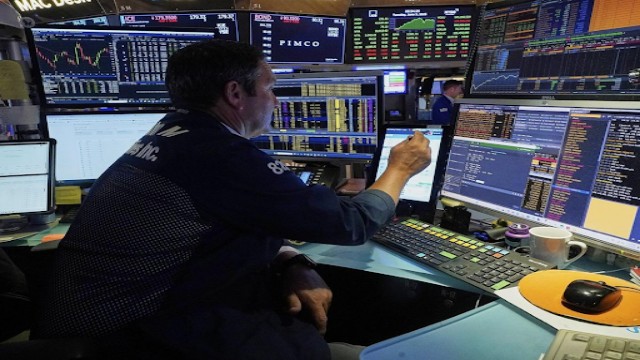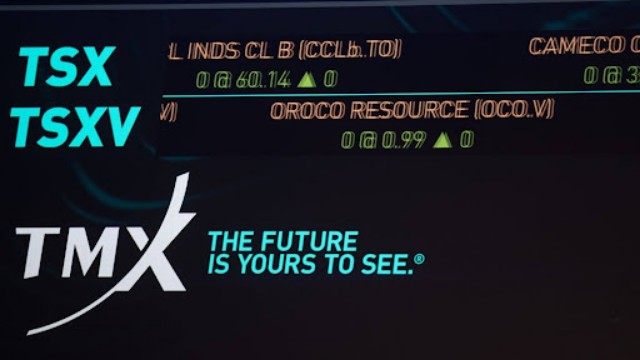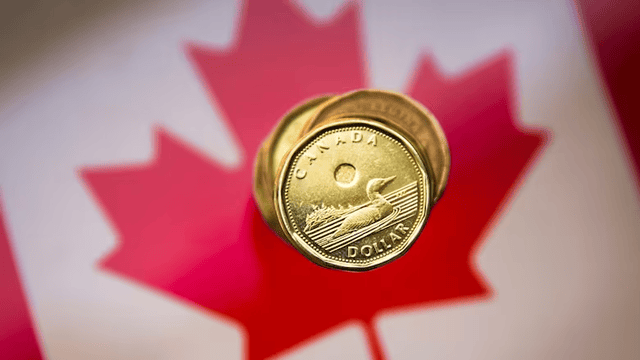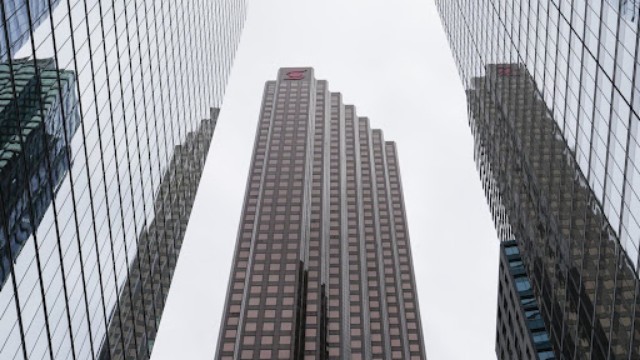
As election day approaches, the U.S. economy appears strong, largely driven by steady consumer spending. Shoppers continue to fill markets like Washington’s Eastern Market, reflecting economic resilience.
With less than a week until the U.S. presidential election, the economy is showing resilience and strength, keeping consumer confidence high. The latest Commerce Department data, set to be released soon, is expected to confirm solid growth in the third quarter of the year. This economic performance could play a significant role in the outcome of the Nov. 5 vote, where Vice President Kamala Harris and former President Donald Trump are locked in a tight race. Despite global challenges, the U.S. economy continues to perform well, driven by steady consumer spending and supported by recent wage increases, making it a focal point for many voters who prioritize economic stability.
Although the Federal Reserve implemented significant interest rate hikes in 2022 and 2023 to curb inflation, the economy has remained robust. This continued growth has even surprised experts who anticipated a potential slowdown. As a result, the upcoming report is likely to show GDP growth at a rate of around 3% for the July-September period, aligning with previous quarters and further underscoring the economy's strength.
Consumer sentiment and spending are crucial in this context, especially with concerns about inflation, high food prices, and housing costs. Notably, voters are divided on which candidate is best suited to handle the economy, with recent polls suggesting Trump may have an advantage in this regard. Still, many economists view the current economic data as a positive indicator, showing that inflation is slowing, and wage growth is helping to keep household spending steady, offering a cushion for many families, particularly those with lower incomes.
The Fed's recent adjustments to interest rates, including a notable cut last month, are easing borrowing costs, which could further support economic growth in the months to come. While some experts initially thought the rate hikes might hinder the economy, continued productivity and a strong labour market have enabled ongoing resilience. Businesses have also ramped up investments in technology, especially artificial intelligence, contributing to growth alongside consumer spending, which accounts for about two-thirds of the economy. Meanwhile, household net worth has risen due to gains in the stock market and rising property values, boosting consumer confidence.
However, concerns remain regarding the distribution of this economic growth. Middle- and upper-income households are seen as the primary drivers of increased spending, while some worry that essential expenses could be challenging for lower-income families. Certain economic sectors, like housing, have also slowed, with residential investment showing contraction for the second consecutive quarter.
Government spending and investment in certain industries, such as aircraft, are expected to have positively contributed to growth. Still, natural disasters, like recent hurricanes, and industry strikes have likely had only minimal impact on GDP for now, though these factors may play a larger role in the coming months.
The resilience shown by the U.S. economy might lead the Fed to take a more measured approach with rate cuts moving forward, particularly if the economy continues to perform well and if any labour market slowdown remains mild.















